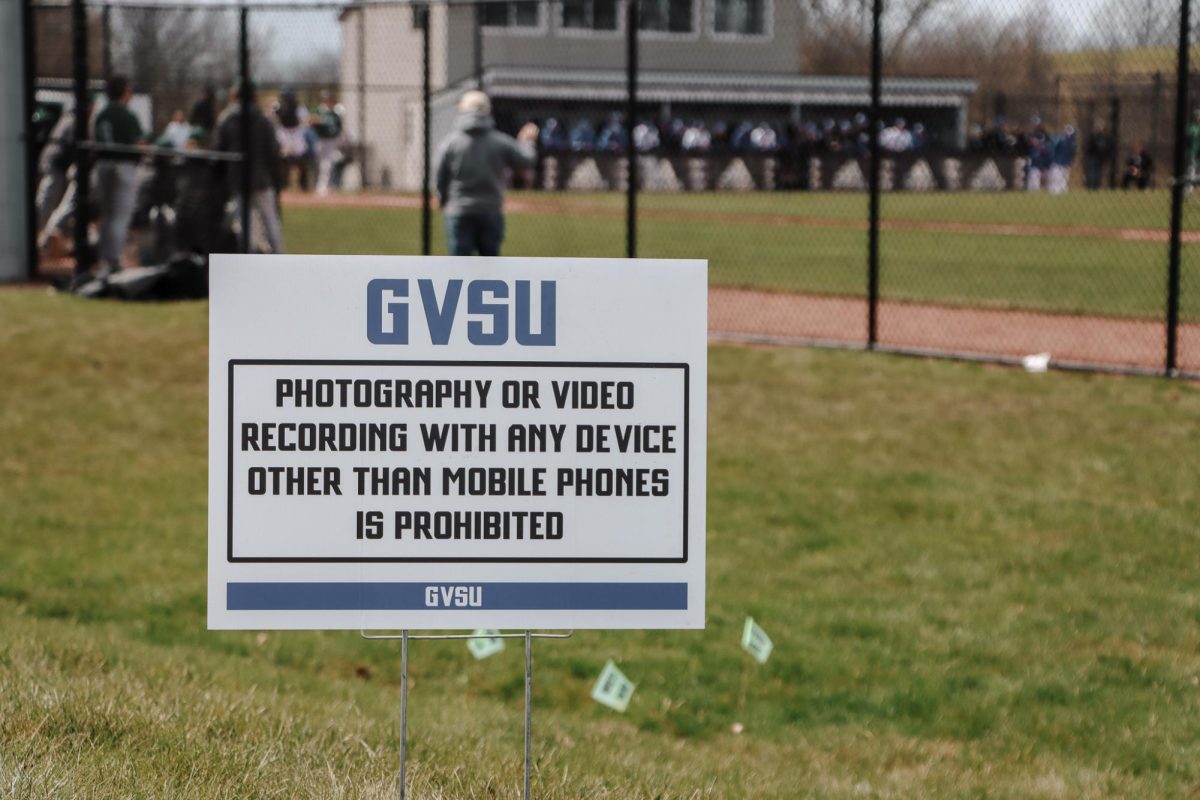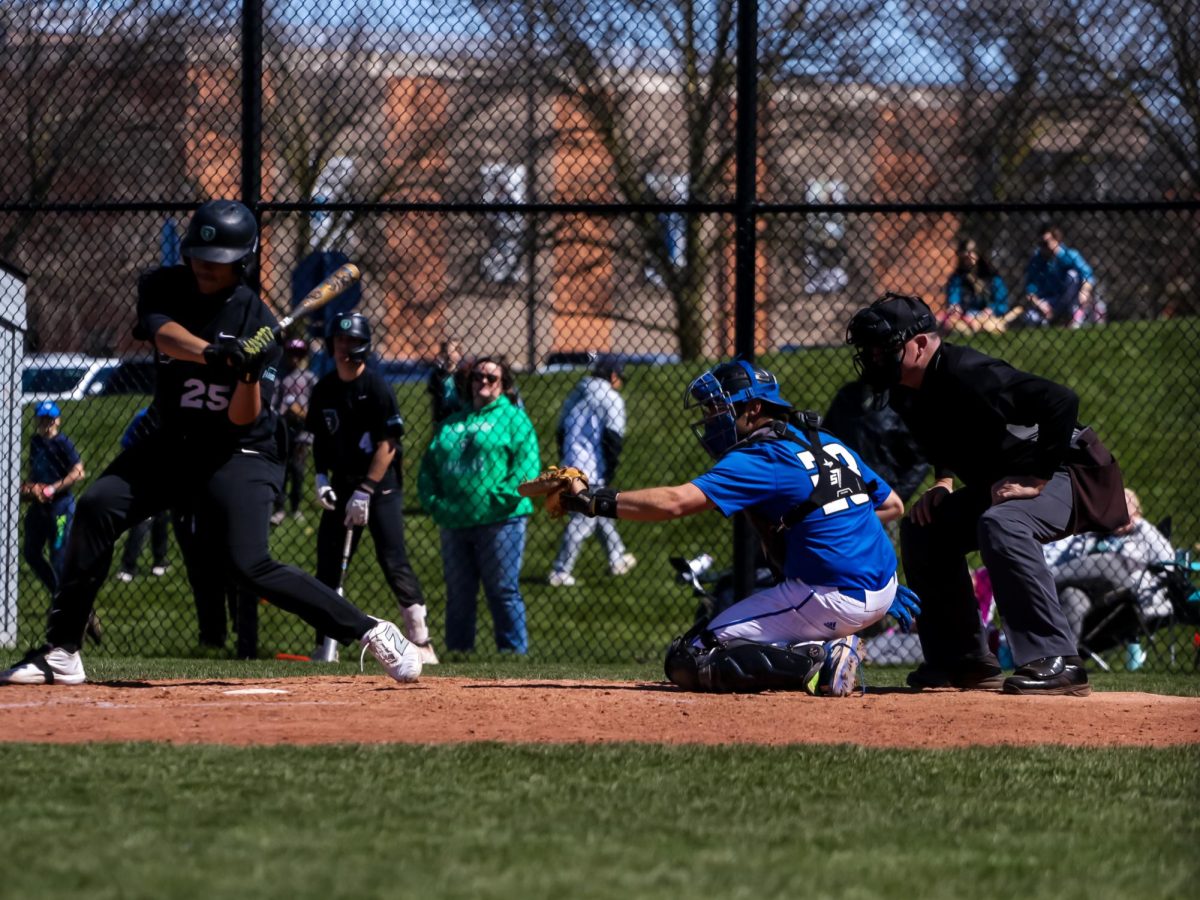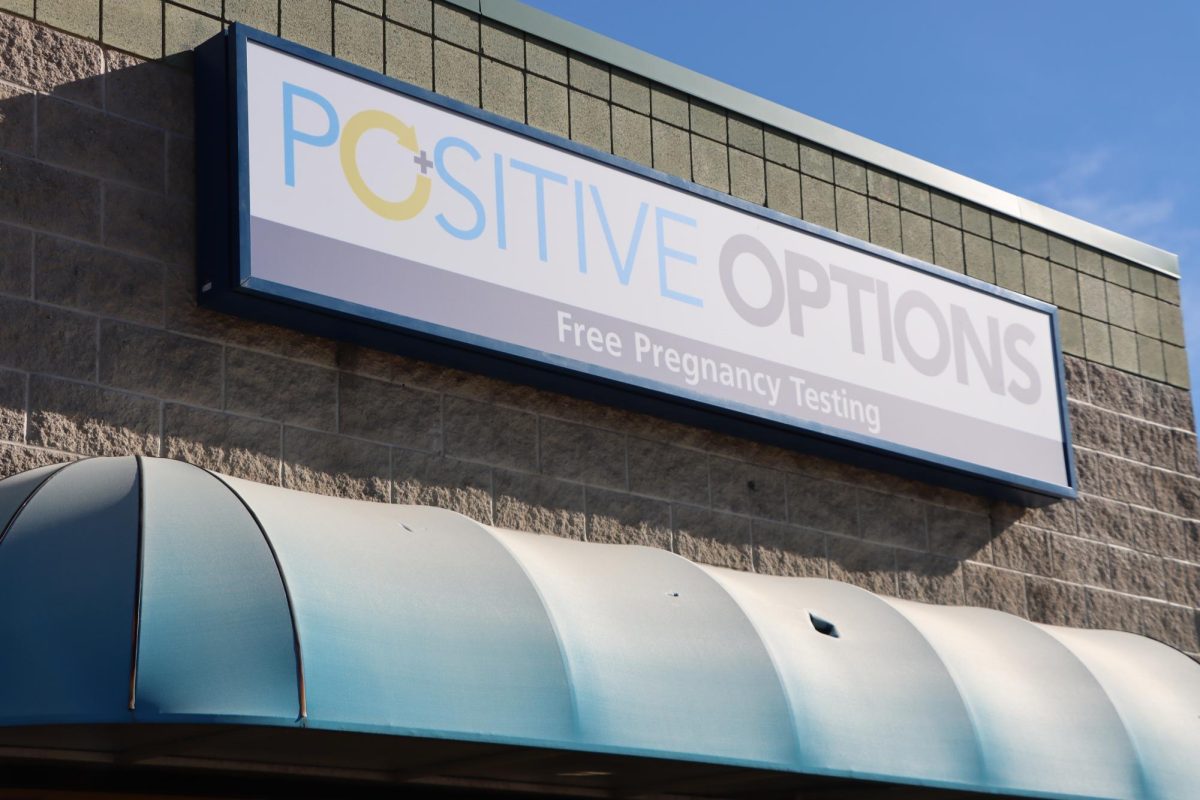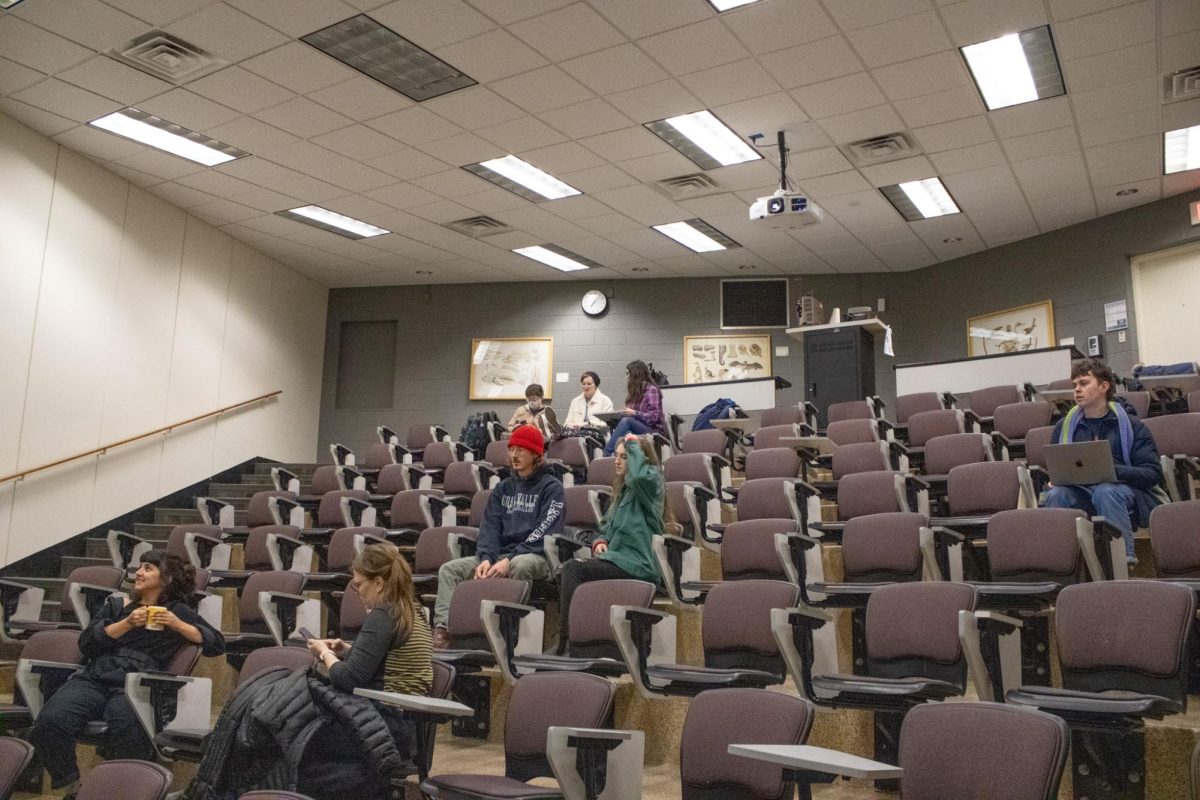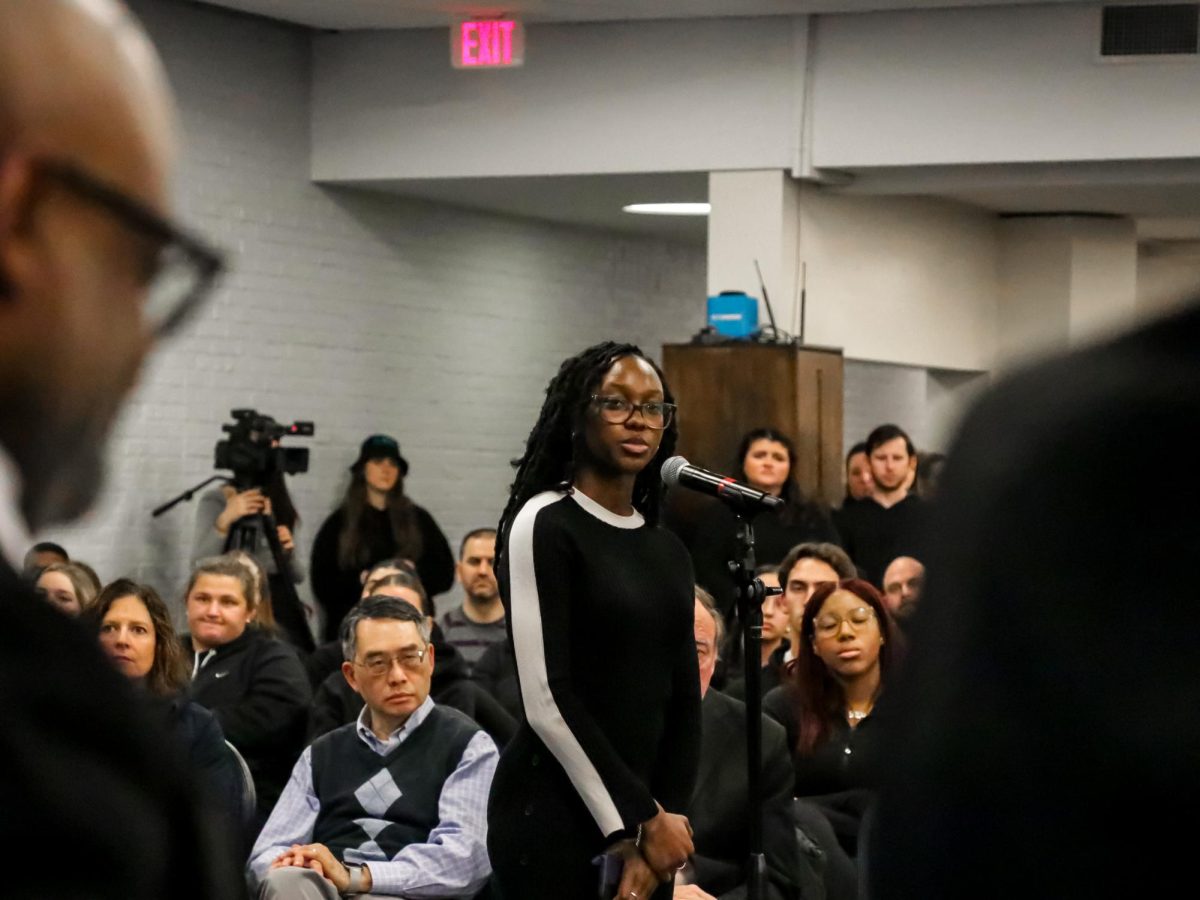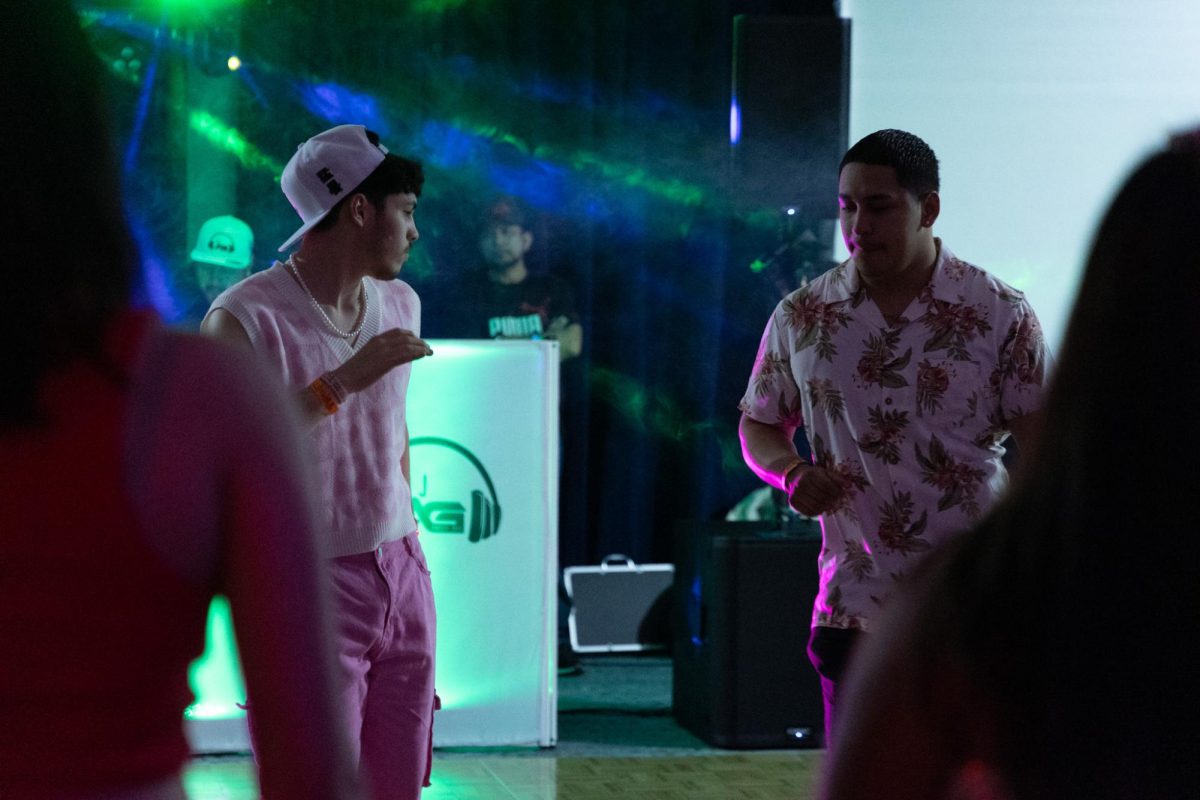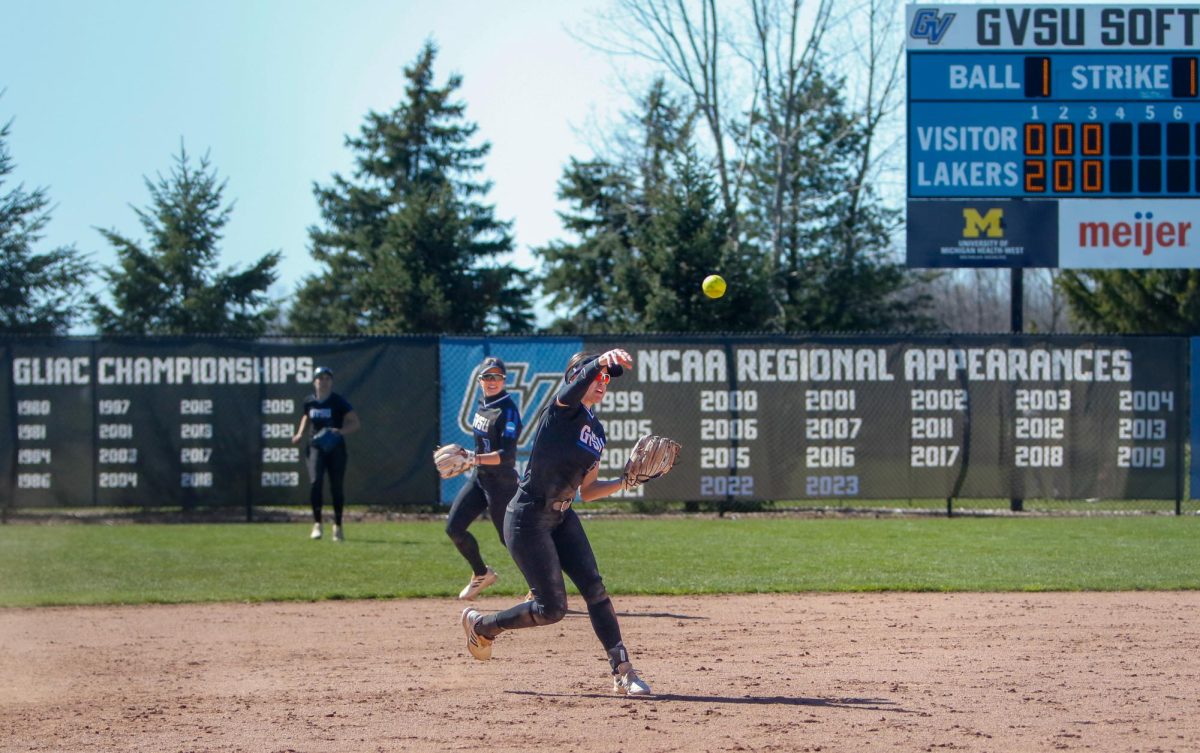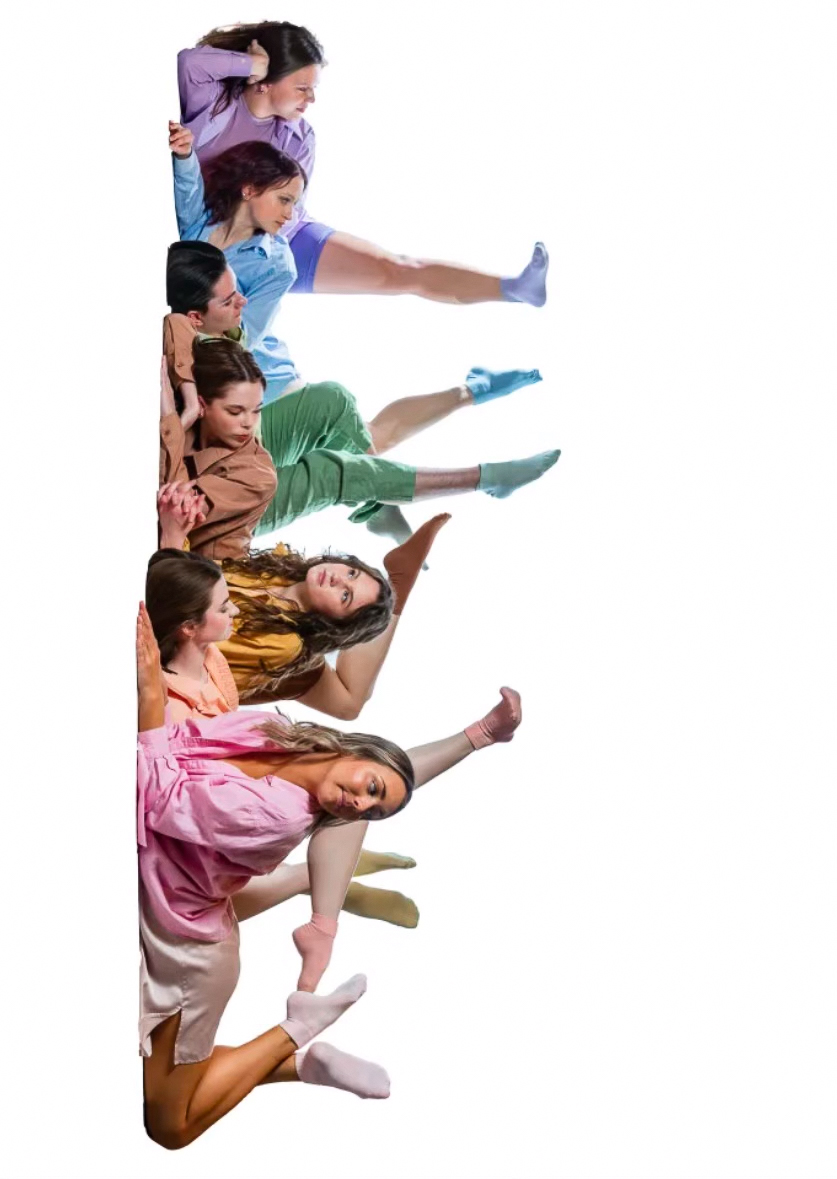The perils of movie violence
Oct 21, 2013
Every so often, parents will turn on the television, rent an action movie, or watch their children play a new video game, and for a moment will realize, as if given new, chaste eyes, that what they are viewing is extraordinarily violent. Most recently, one such parent was watching The Walking Dead with his kids and felt deeply disturbed by its content. Then, perhaps remembering that I was a film major, he asked me my opinion of movie violence. His questions were well worth posing. Does movie violence cause real life violence? Does it “desensitize” us to violence?
I am usually hesitant to give an answer. For one, I have not once taken a class or had a conversation with a film professor that would prove either way. Film professors, for instance, could give classes on the aesthetics of movie violence, or on the representation of violence with respect to certain social institutions or groups of people. However, film professors cannot say with any certainty that movie violence causes real life violence. The proof just isn’t there. For instance, one recent study at Oxford finds that violent crime actually decreases when violent movies are in theaters. The painfully obvious reason: people are at the movies, and thus have no time to drink, wander the streets, or do anything else that can be linked to an increase in crime. Further, the researchers add that they found no—that is, nada—evidence to suggest any long-term effects of movie violence.
Still, despite the dearth of evidence that might condemn movie violence or even validate the (I think, still justified) fears of parents, the news media tends to implicate movie violence whenever the issue resurges in the public sphere. The late Roger Ebert, in an online journal entry, describes how, after the tragedy at Columbine, he was asked by a journalist whether violence in movies led to acts of real violence. The journalist was visibly disappointed by Ebert’s initial reply that, no, there was no causal relationship in his view. Ebert expounded: real life violence like the events at Columbine are more likely caused by the news media’s representation of violence in the world, which always appears pervasive and unending. Movie violence, in Ebert’s view, is more rare—and less disturbing—than the violence that saturates the news.
Ebert’s perspective constitutes what I think is a more nuanced understanding of the effects of media violence—in movies or otherwise—on the collective consciousness of the public. Contrary to Ebert’s view and due to the influence of pop-neuroscience, we tend to think that watching violent movies releases some super chemical—perhaps malepinephrine—that sends us into a violent rampage. Think young Michael Myers in the opening scene of Halloween. In this reading, Myers had just watched Scrosese’s Taxi Driver and now considers his innocent sister “the filth” of New York City.
The truth of the matter, I think, concerns the kind of movie violence we consume and thus accept. Stating the case as simply as possible, there are three major varieties:
1) The violence encountered in the action flick, in which plot development hinges on body count. The violence in such films is not disturbing because no gore, no blood, and no audience identification with the victims. In such films, in order for the hero to reach his destination, kill the madman, rescue his daughter, he must massacre the stock characters who stand in his way. Whether we see blood or gore depends less on the director’s concern for aesthetics or social commentary and more on ratings—bloodless killing gets PG 13, torture gore gets R.
2) The torture violence encountered in films that concern themselves more with cinematic spectacle than realism. In such films, though much more graphic than in category 1, the violence serves likewise only to pleasure the audience. Psychoanalytic readings of such films are telling; check them out.
3) The violence of some films, indeed the most rare, that does not subordinate cinematic violence to spectacle or mere plot device. Instead, these movies make use of cinematic violence to call attention to the profoundly disturbing, disordered nature of real life violence. In such movies, filmmakers are well aware of the agency of art in culture and the consciousness of the public. These films, to flip the buzzword, “sensitize” rather than “desensitize.”
The extent to which we choose the third, rather than the first and second, category will determine the influence cinematic violence has on our lives.







